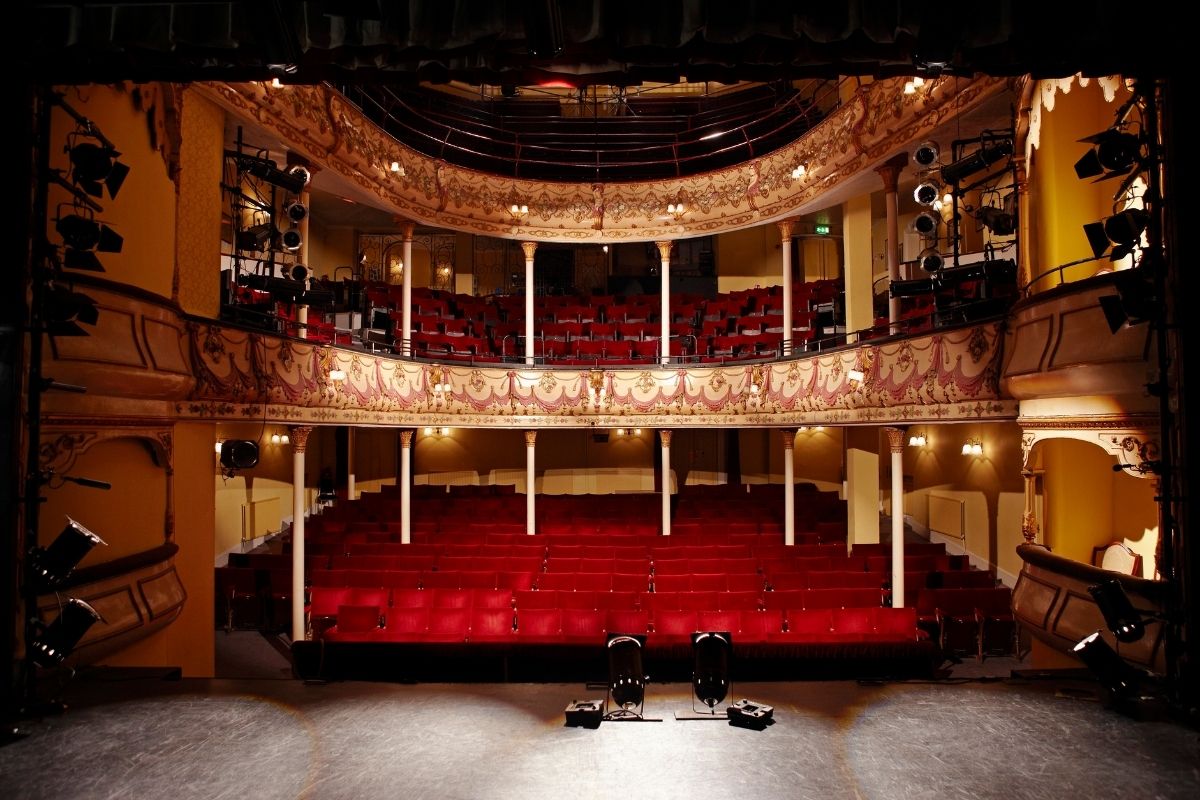How the New Generation of Black Playwrights Is Transforming the Performing Arts
Generational change impacts not only society but also the performing arts that reflect and comment on it. This is an important point to keep in mind as you continue your online performing arts education. Harvey Young, Dean of the College of Fine Arts at Boston University, and Elizabeth Bradley, Broadway theater critic and professor at New York University, share their thoughts on emerging African American playwrights and how they’re transforming the dynamic of the theater.
Harvey Young sees a passing of the torch from August Wilson, whose plays chronicled the 20th-century African American experience decade by decade, to notable Black playwrights giving voice to the African American experience today. “You see Suzan-Lori Parks, you see Lynn Nottage, receiving additional support and mentorship. You begin to see folks like Katori Hall emerging as well,” Young says.
“You can see every 20 years, there is this generational passing in which the lessons, the struggles as well, the histories, the life lessons go from generation, to generation, to generation,” he observes.
“If the job of art is to tell society what it can’t know without art, I think that the white American theater has stepped back far too long from that responsibility,” says Elizabeth Bradley.
She comments on the contributions of the new generation of Black voices: “The playwrights who have emerged in the last four to five years, whether they have been working quietly away and we just haven’t discovered them, or they are new voices such as Lynn Nottage, who has had a very long career. A more recent career is that of Jeremy O. Harris. Dominique Morisseau is another example of a very important African-American female writer.
“Of course, Suzan-Lori Parks has been heralded for decades now and is a Pulitzer prize winner. Katori Hall is another example. With plays like ‘Fairview,’ and plays from the African diaspora like ‘African Mean Girls’ or the ‘School Girls’ play, there has been a push forward. Tarell Alvin McCraney with ‘Choir Boy’ or Branden Jacobs Jenkins with ‘Everybody.'”
Bradley continues, “It has been manifest that there is a depth of talent on the musical side. For example, there’s Michael Jackson — not the one with the white glove, but the one who wrote the musical, ‘Strange Loop,’ which is the most recent Pulitzer Prize winner. “These voices are coming to the forefront, and they are going to change the conversation between artist and audience,” she concludes.
Look for this and other generational shifts as you continue your performing arts education and pursue a career in the field.


